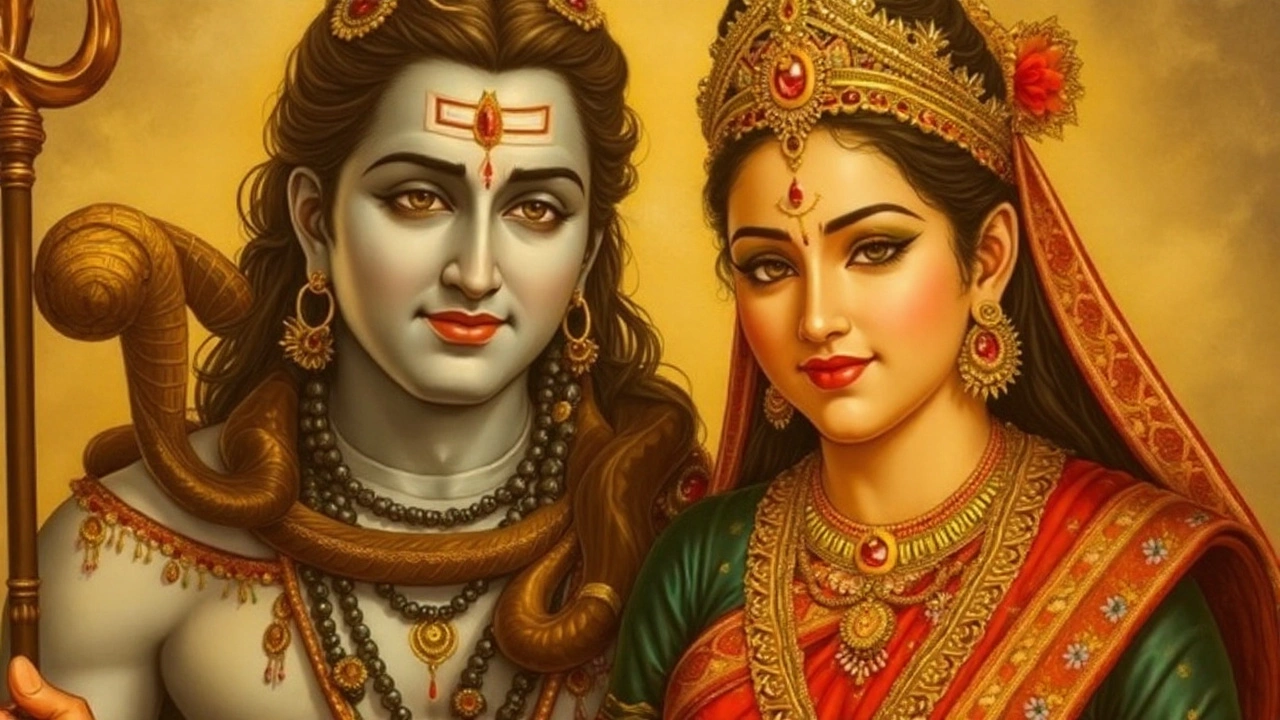Jitiya Vrat: What It Is, Why It Matters, and How to Do It Right
Ever heard of Jitiya Vrat and wondered what the buzz is about? It’s a traditional Indian fast celebrated mainly by mothers in certain regions. The main goal? Pray for the health and long life of their children. The fast falls in the month of Ashwin (September‑October) and lasts for a full day and night, ending with a special feast.
Key Steps Before the Fast Starts
First thing you’ll need is a clean, calm space. Many families set up a small altar with a picture of the deity Jitiya, often a form of the goddess. Light a lamp, place some flowers, and keep a bowl of water nearby. On the evening before the fast, women usually bathe, wear fresh clothes, and eat a light meal. The idea is to start the fast in a pure state, both physically and mentally.
Next up, the dietary rules. From sunrise to the next sunrise, you stick to a strict vegetarian diet—no grains, no pulses, no salt, and definitely no water. Some people also avoid onions, garlic, and even milk. It sounds tough, but the fast is meant to be a test of discipline and devotion.
How to Make the Fast Easier and Meaningful
Staying hydrated is a big challenge, so many families drink coconut water in the early morning hours before sunrise. It helps keep energy levels up without breaking the rules. If you’re new to this, try a half‑fast first: skip the grains but keep water. You’ll get a feel for the routine without pushing yourself too hard.
Another practical tip is to keep your mind busy. Read stories of Jitiya’s legend, chant simple mantras, or even do light yoga stretches. The goal is to keep your thoughts away from food and focused on the prayer for your child’s well‑being.
When the sun sets, the real celebration begins. Families gather, light a fire, and sing traditional songs. The main dish served is “Jitiya vrat khichdi,” a mix of rice, vegetables, and a dash of sugar, cooked without regular spices. It’s sweet, comforting, and signals the end of the fast.
After the feast, many people offer a small “naag” (snake) figurine to the deity, believing it brings protection. The whole evening feels like a big family reunion, with laughter, stories, and plenty of sweets.
Finally, remember that the fast isn’t about punishment. It’s a way to connect with cultural roots, show love for your kids, and take a break from everyday hustle. Even if you can’t follow every rule perfectly, the intention counts. A simple prayer, a tidy space, and a few moments of gratitude go a long way.
So, whether you’re planning your first Jitiya Vrat or looking to improve your routine, keep these basics in mind: clean space, pure mind, smart hydration, and a joyful ending. With a little preparation, you’ll turn a demanding fast into a memorable, heart‑warming experience.
Jitiya Vrat Paran 2025: Evening Puja and Morning Fast-Breaking Timings Explained
Jitiya Vrat (Jivitputrika) was observed on Sunday, September 14, 2025, on Krishna Ashtami of Ashwin, with evening puja and fast-breaking (paran) on Monday morning. Mothers across Bihar, Jharkhand, Uttar Pradesh, Madhya Pradesh, and Nepal observed a strict nirjala fast for their children’s well-being. Puja was held during Ashtami evening, and paran followed after sunrise when Ashtami ended.
read more
